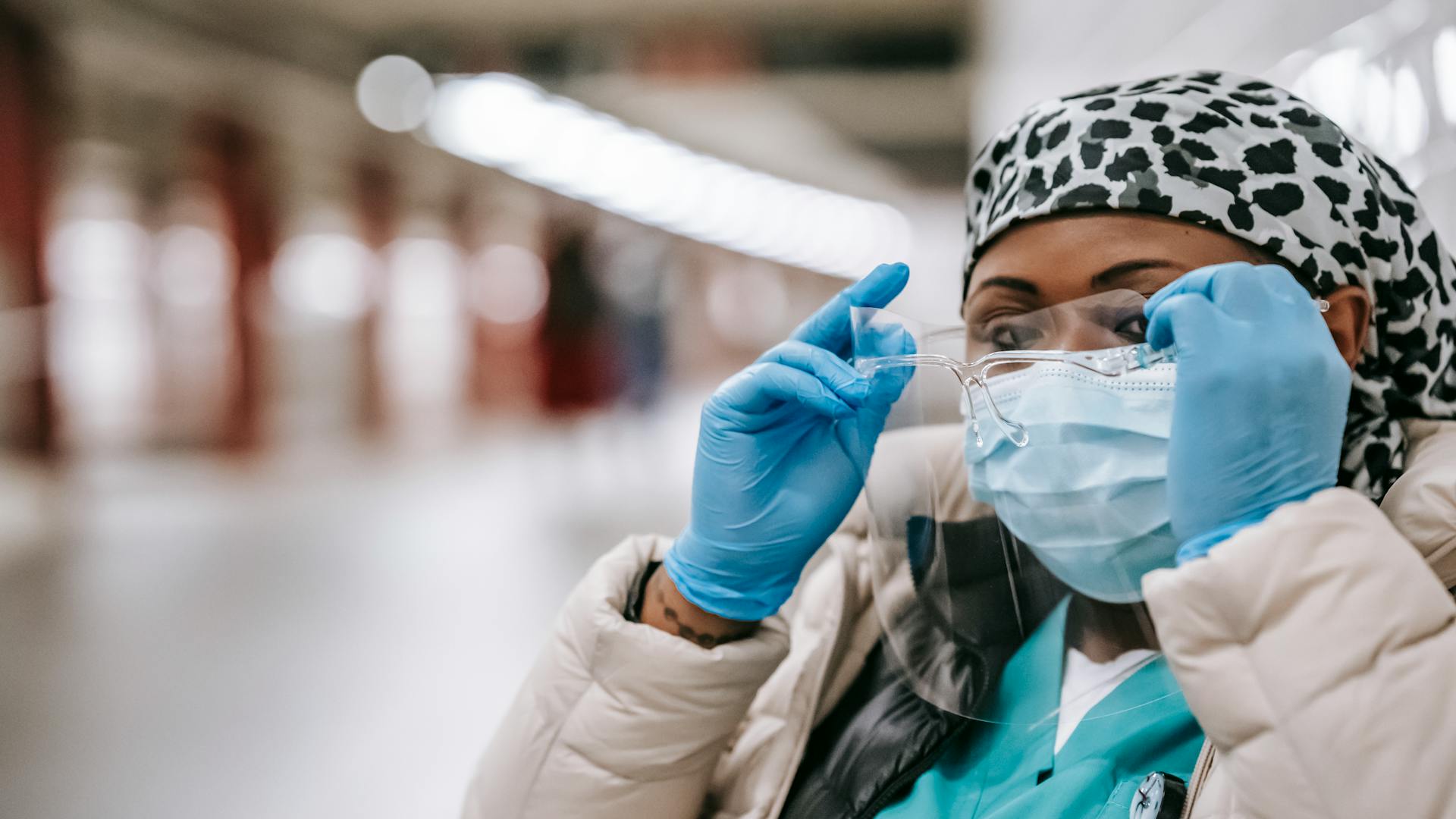Common Post-COVID Eye Problems: Symptoms, Diagnosis, and Management
As the world continues to grapple with the effects of the COVID-19 pandemic, it’s crucial to shed light on the lesser-known complications that can affect individuals after recovery. One area of growing concern is the impact of the virus on eye health. Post-COVID eye problems have been documented among patients, ranging from mild discomfort to severe vision impairment. This article explores the most common eye issues experienced after COVID-19 infection, their symptoms, diagnosis, and management strategies.
Key Post-COVID Eye Problems
Dry Eye Syndrome
Dry eye syndrome is one of the most prevalent post-COVID eye problems. Many individuals experience dry eye symptoms after recovering from the virus, which can be attributed to:
- Increased screen time during isolation
- Use of face masks
- Potential impact of the virus on lacrimal glands
Symptoms:
- Eye irritation
- Gritty sensation
- Blurred vision
- Excessive tearing
Eye Strain and Fatigue
Prolonged periods of screen time, whether for work, education, or entertainment during lockdowns, can lead to significant eye strain and fatigue.
Symptoms:
- Discomfort
- Reduced visual acuity
- Headaches
- Difficulty focusing
Conjunctivitis (Pink Eye)
Conjunctivitis, or pink eye, is another common post-COVID eye problem. It can be caused by viral or bacterial infection, or result from an inflammatory response triggered by the COVID-19 virus.
Symptoms:
- Redness
- Irritation
- Eye discharge
- Swelling of the eyelids
Less Common But Noteworthy Eye Conditions
While most post-COVID eye problems are manageable, some rare but significant conditions have been observed in patients.
Retinal Vascular Events
A small number of COVID-19 patients have experienced retinal vascular events, such as retinal vein or artery occlusion.
Symptoms:
- Sudden vision changes
- Vision loss
- Floaters or flashes of light
Neuro-Ophthalmic Complications
Some COVID-19 patients have experienced neuro-ophthalmic complications, including optic neuritis and cranial nerve palsies.
Symptoms:
- Visual disturbances
- Double vision
- Eye pain
- Reduced color vision
Diagnosis and Management
Early detection and prompt management of post-COVID eye problems are crucial in preventing long-term complications.
Clinical Presentation and Diagnosis
Diagnosis often involves:
- Comprehensive eye examination
- Visual acuity testing
- Intraocular pressure measurement
- Evaluation of the ocular surface
Treatment Strategies and Preventative Measures
Treatment strategies focus on addressing specific symptoms and preventing long-term complications:
- Lubricating eye drops for dry eye syndrome
- Topical antihistamines for allergic conjunctivitis
- Prescription eyeglasses for visual disturbances
- Lifestyle modifications, including:
- Dietary changes rich in omega-3 fatty acids and antioxidants
- Regular eye hygiene practices
- Proper use of digital devices
- Annual eye examinations
Impact on Quality of Life
Post-COVID eye problems can significantly affect an individual’s daily activities and overall quality of life.
Challenges in Daily Activities
Common eye problems post-COVID can impact:
- Driving
- Reading
- Working on computers
- Participating in outdoor activities
Coping Mechanisms and Support Systems
To help individuals navigate these challenges, various support systems are available:
- Support groups
- Counseling services
- Assistive devices
- Multidisciplinary care involving ophthalmologists, optometrists, and mental health professionals
Conclusion
As we continue to learn about the long-term effects of COVID-19, it’s evident that eye health is an important area of concern. By staying informed about common post-COVID eye problems and seeking timely medical attention, individuals can better manage and overcome these issues. Remember to prioritize your eye health and consult an eye care professional if you experience any unusual symptoms after recovering from COVID-19.
References
- Sen M, Honavar SG, Sharma N, Sachdev MS. COVID-19 and Eye: A Review of Ophthalmic Manifestations of COVID-19. Indian J Ophthalmol. 2021;69(3):488-509. https://www.ncbi.nlm.nih.gov/pmc/articles/PMC7976796/
- American Academy of Ophthalmology. Coronavirus Eye Safety. https://www.aao.org/eye-health/tips-prevention/coronavirus-covid19-eye-infection-pinkeye
- Bertoli F, Veritti D, Danese C, et al. Ocular Findings in COVID-19 Patients: A Review of Direct Manifestations and Indirect Effects on the Eye. J Ophthalmol. 2020;2020:4827304. https://www.hindawi.com/journals/joph/2020/4827304/
FAQs
Q: What are the most common eye problems that can occur post COVID-19 infection?
A: The most common post-COVID eye problems include dry eye syndrome, blurred vision, eye strain, conjunctivitis, and increased sensitivity to light.
Q: How can COVID-19 lead to eye problems?
A: COVID-19 may cause eye problems due to its effect on mucous membranes, including those in the eyes. Additionally, treatment medications, prolonged digital device use during isolation, and overall illness stress can contribute to eye issues.
Q: What should I do if I experience eye problems after recovering from COVID-19?
A: If you experience any eye problems after COVID-19 recovery, seek medical attention from an ophthalmologist. They can conduct a thorough examination and provide appropriate treatment. Follow good eye hygiene practices, take regular breaks from digital screens, and use lubricating eye drops as recommended by a healthcare professional.
Have you experienced eye problems after recovering from COVID-19? Don’t ignore your symptoms. Call Us Now and schedule an appointment with an eye care professional today to protect your vision and eye health.






